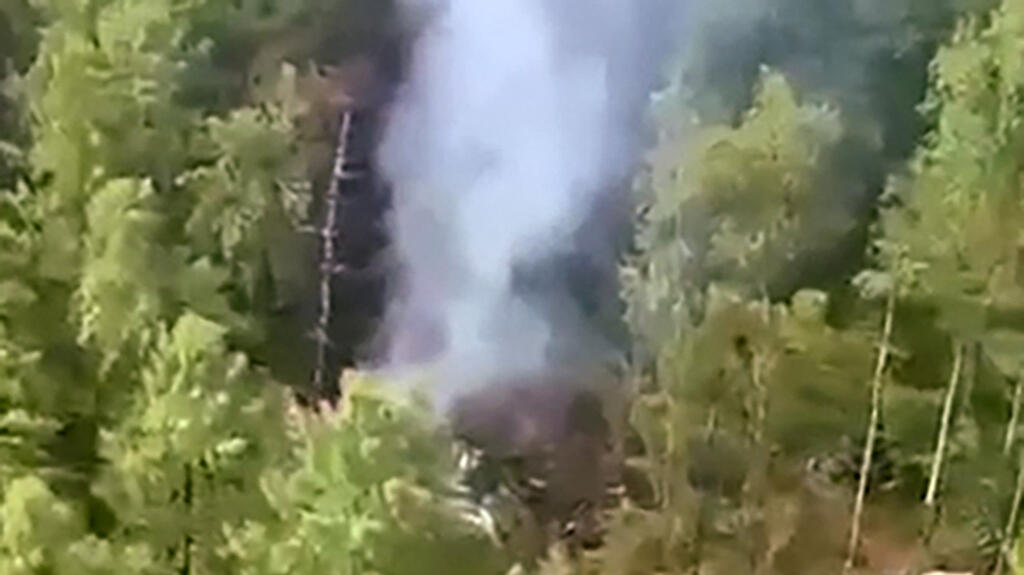Passenger Plane Crash in Russia's Far East
On Thursday, a tragic accident occurred in Russia's Far East when a passenger plane carrying nearly 50 individuals crashed. The incident unfolded in the region near Tynda, where the wreckage of the aircraft was discovered on a forested slope. Following the impact, the plane was engulfed in flames, adding to the horrific scene.
The flight reportedly disappeared from radar during a second landing attempt, a situation that raised immediate concerns regarding the safety and operational integrity of the aircraft. As the authorities rushed to the crash site, hopes for any survivors dwindled rapidly, with officials stating that there were no indications of anyone having survived the disaster.
The search and rescue efforts, although swift, were hindered by the remote location of the crash site. This area is known for its challenging terrain, which complicates rescue operations in emergencies. Initial reports have not disclosed the specific model of the aircraft or the airline operating the flight, but investigations are expected to focus on various factors, including potential mechanical failure, adverse weather conditions, and pilot error.
The airplane was reportedly on a domestic route, further complicating matters as local residents expressed shock over the incident. It is a somber reminder of the risks associated with air travel, even in regions where aviation is essential for connectivity. The local and national authorities are expected to initiate an extensive investigation to determine the cause of the crash and to provide answers to the families affected by this tragedy.
In the aftermath of the crash, emotions ran high among family members and loved ones of those on board. Many gathered in anticipation of news regarding victims, highlighting the personal impact of such disasters. The air travel community, as well as the general public, is left to grapple with the repercussions of this heartbreaking event.
As the investigation unfolds, it will aim to uncover the exact sequence of events leading to the crash. Aviation experts and safety regulators will likely be scrutinizing maintenance records, pilot training protocols, and weather conditions at the time of the accident to prevent future occurrences of such tragic incidents.
This crash serves as a critical reminder of the vulnerabilities inherent in air travel and the importance of stringent safety measures. Moving forward, stakeholders in the aviation industry will be called to ensure that protocols are upheld to safeguard passengers on flights across the globe.












